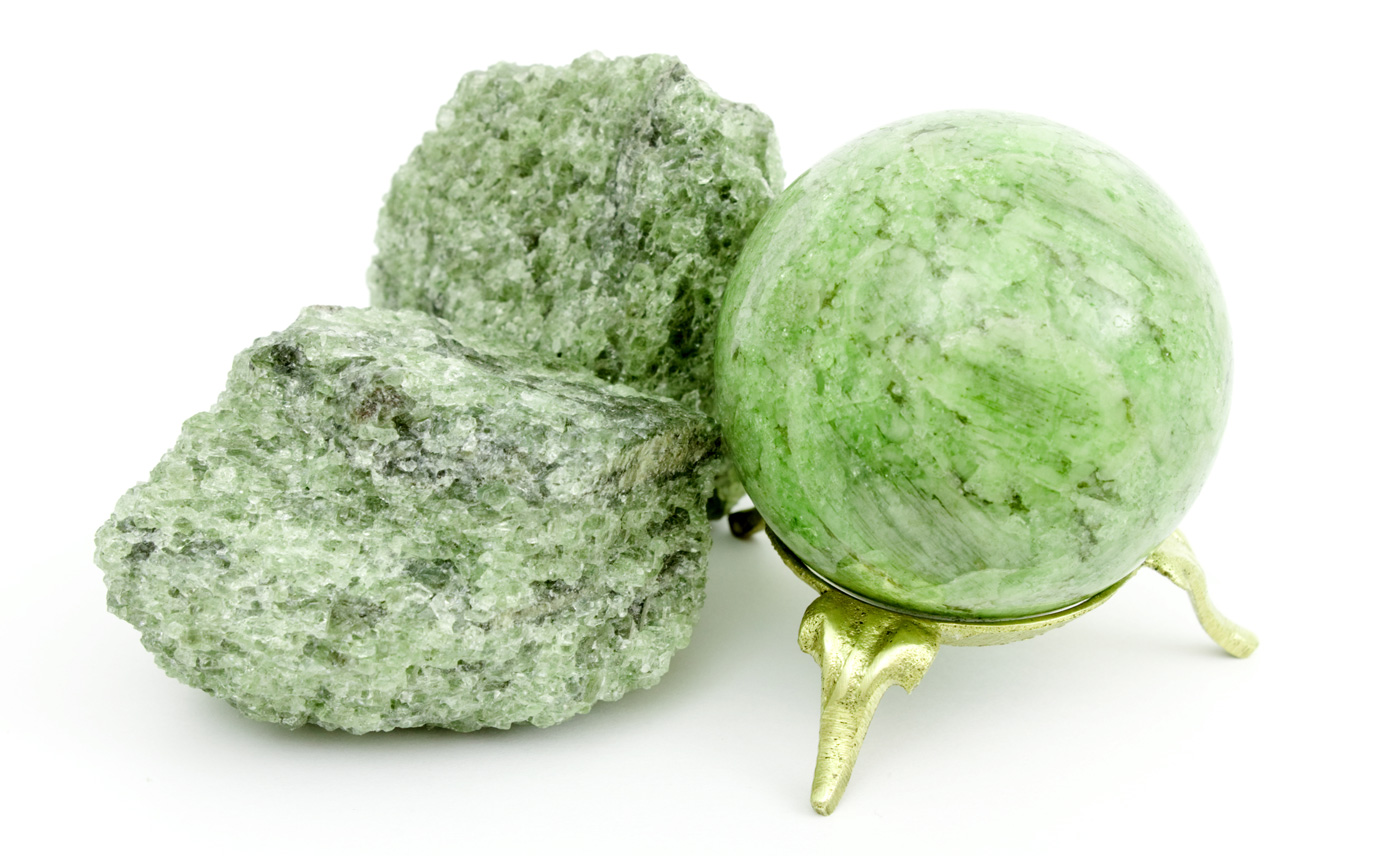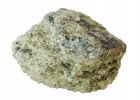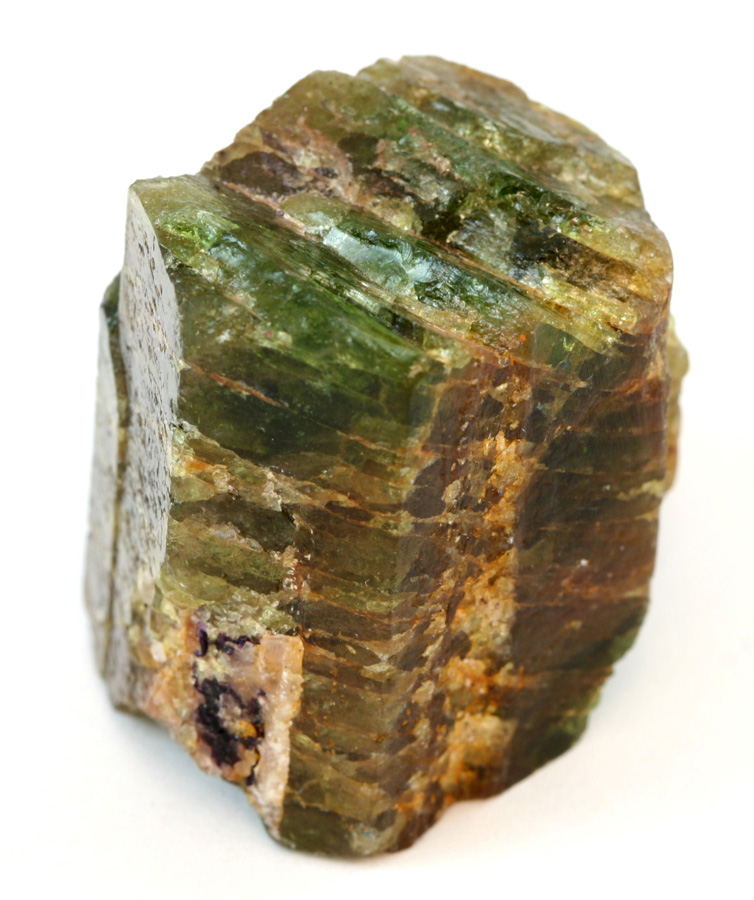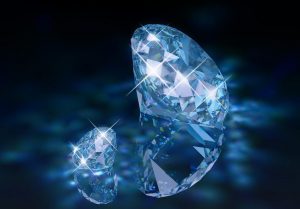With a value of only 5 on the Mohs scale of hardness, apatite is seldom faceted as a gemstone, except for collectors. However, when cut correctly, stones are bright with strong colours. Transparent to opaque, apatite occurs as colourless, yellow, blue, violet or green hexagonal prisms or tabular crystals.
Apatite is an abundant mineral, found in many types of rock, but most gem-quality material is associated with pegmatites. Blue Burmese apatite is strongly dichroic, and shows colourless or blue when viewed from different directions. Fibrous blue apatite from Burma and Sri Lanka may be cut into cabochon to show a cat’s eye. Chatoyant stones are also found in Brazil, along with yellow, blue and green varieties. Other localities include the Kola Peninsula (Russia), Canada, East Africa, Sweden, Spain and Mexico.
Spanish apatite is often called “asparagus stone”, due to its yellowish green colour.






























Leave a Reply
You must be logged in to post a comment.